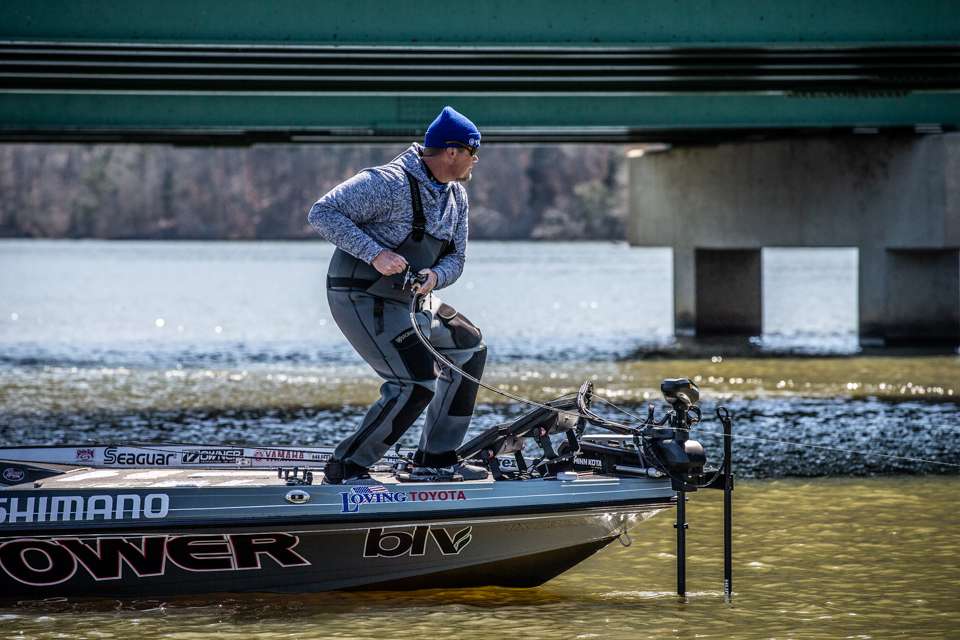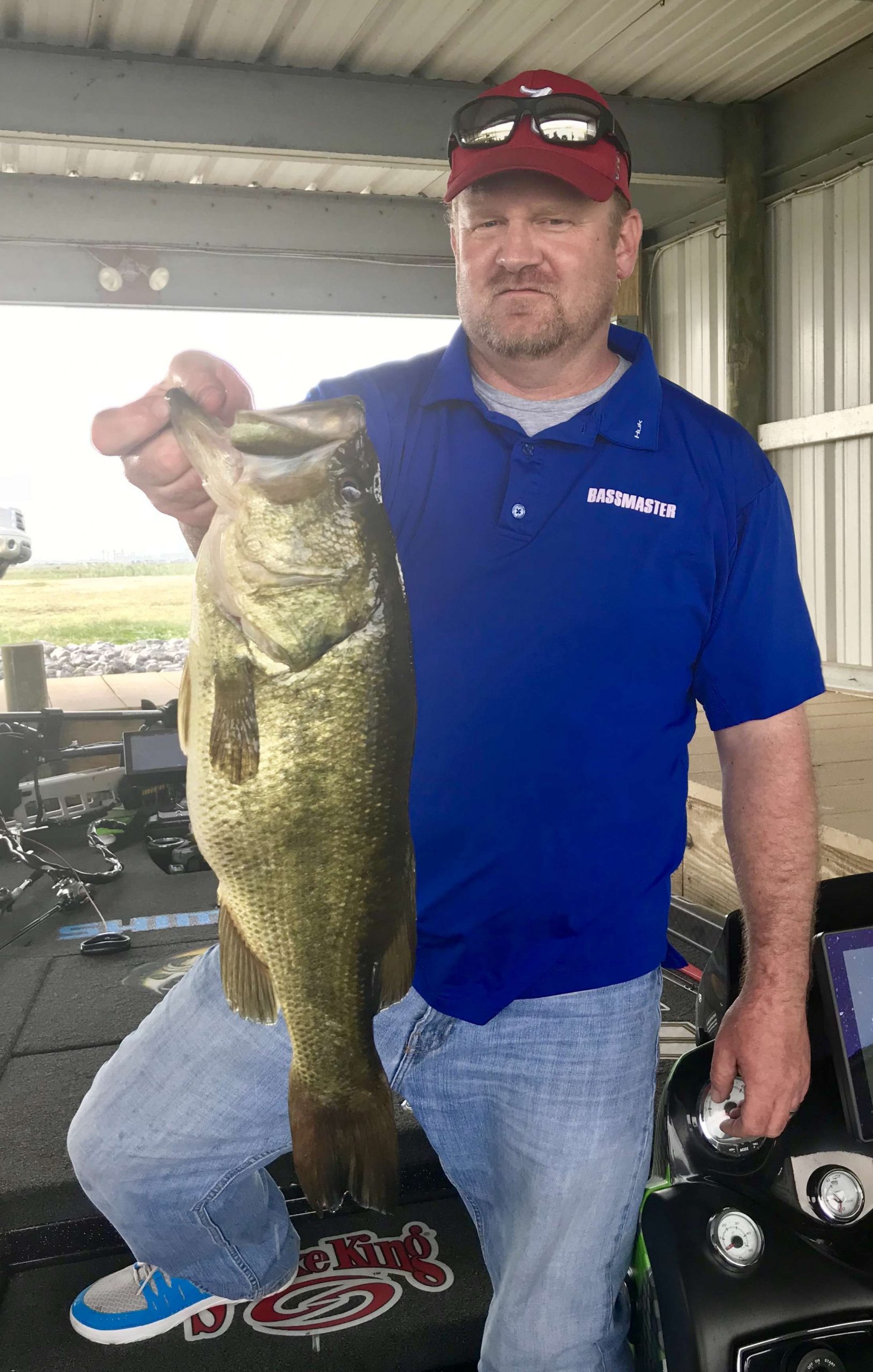
Texas pro Keith Combs has always been one of the easiest anglers to talk to and work with on the Bassmaster Elite Series.
But on certain subjects, he and I just can’t communicate.
It’s like we speak two different languages.
Take, for example, the subject of the elusive 10-pound trophy largemouth bass.
Ten pounds has forever been the benchmark number that bass anglers want to see on their scales to check off an important box on their bucket lists. A 10-pounder is a rarity that even many accomplished anglers have never landed.
I certainly haven’t. Despite cracking the 9-pound mark several times in my 20s, I sit here writing this column today just shy of my 49th birthday without having broken through the 10-pound ceiling.
When Keith and I talk about it, he always tries to make me feel better about it — and then ends up making me feel like he’s an alien in a Texan’s body.
“Tens are hard to come by,” Combs says in a consoling manner. “You don’t see them very often.”
I’m on board with that part.
But then he continues …
“I’ve caught 10s at Rayburn, at Toledo Bend and even one years ago at Lake Travis,” he said. “Of course, we used to cull 10-pounders all the time at Falcon. It was a regular thing.”
Right about then, when the conversation has really veered off course, he totally drops the hammer.
“I’ve probably caught over a hundred 10s in my lifetime,” he says.
You understand why I can’t talk to him about the subject.
So, instead of trying to compare fish stories with one of the big-bass masters of the 21st century, I decided to ask for some much-needed advice during a recent media trip with Combs to Bienville Plantation in Florida.
How has he done it? How does he keep doing it?
“The first thing is you have to fish where the 10-pounders are — plan trips to big-bass lakes,” Combs said. “You hear a lot of stories about people catching 10-pounders when they least expected them, and that happens. But your chances of catching one on a true big-bass lake are a lot better than one just surprising you on a random lake.”
So, go where they are. Check.
Next, he says, if you really want to break the 10-pound mark, that’s what you should aim for on those big-fish waters — even if that means sacrificing bites from smaller fish.
“Most of the time when I’ve caught a true big one, I was fishing for a big one,” he said. “The biggest bass in the lake might bite a smaller bait if it’s in the mood. But most of the time, those size fish want it to be worth their trouble if they’re gonna chase something.”
So, bigger baits. Check.
Once you’re dialed in with the right bait in the right area, Combs says it’s imperative to be ready because, even in the best scenarios, the opportunities will likely be few and far between.
“You have to be completely confident in your equipment,” Combs says. “Get your drag set right. Make sure you’re using the right rod. Make sure there isn’t a little nick in your line that might keep you from landing that fish of a lifetime.”
Beyond all that, there’s one more thing you can do to increase your chances at a 10-pounder.
Be Keith Combs.





